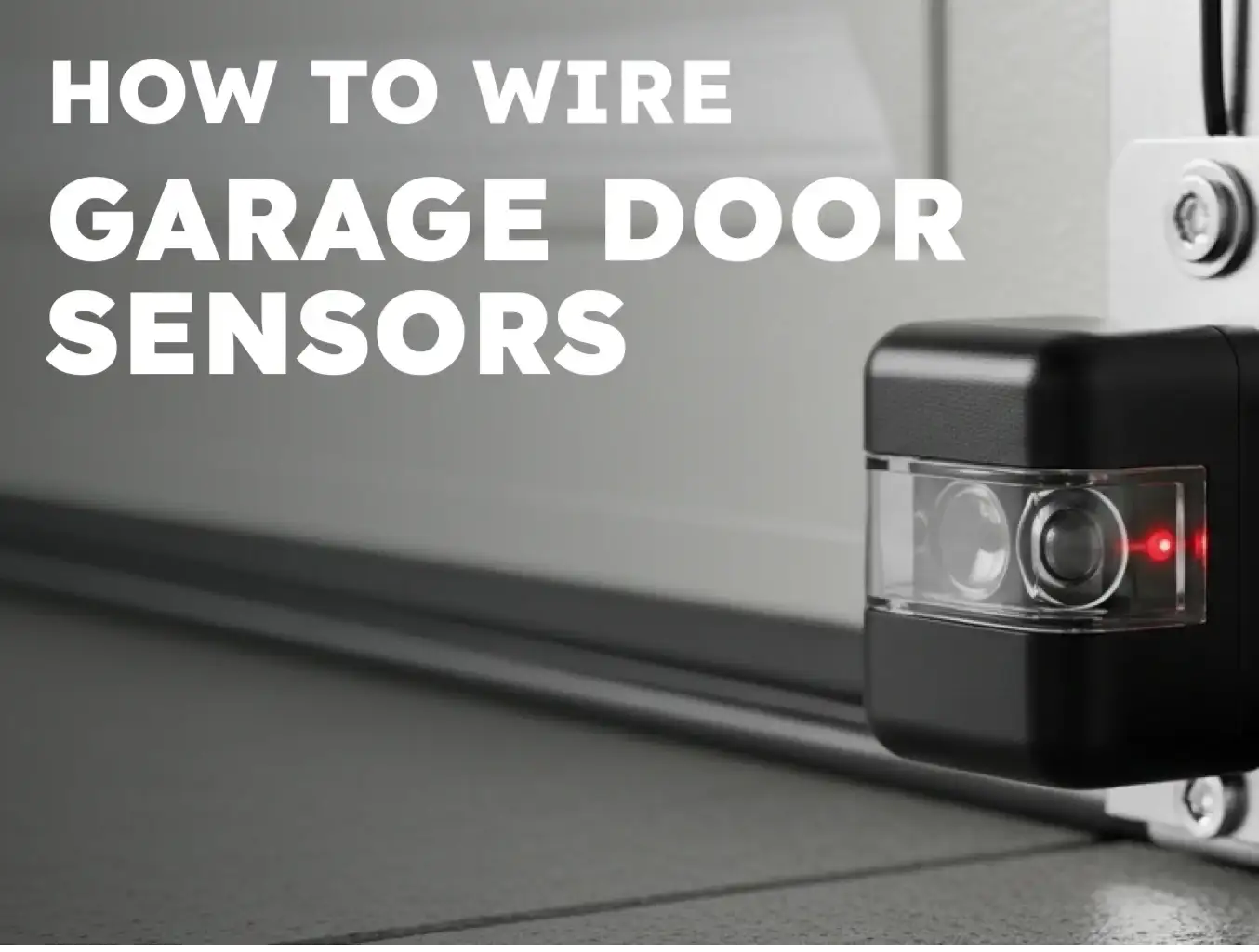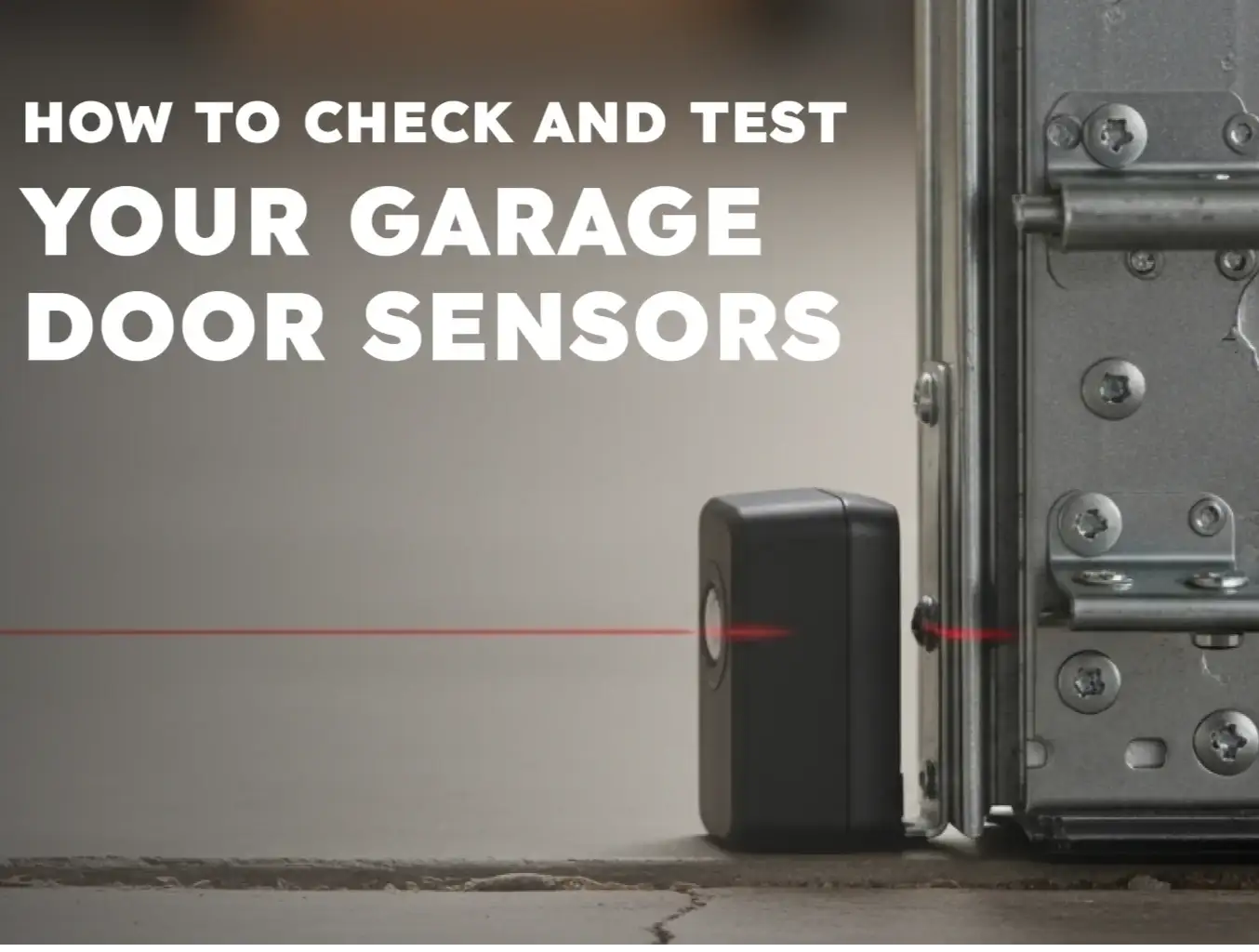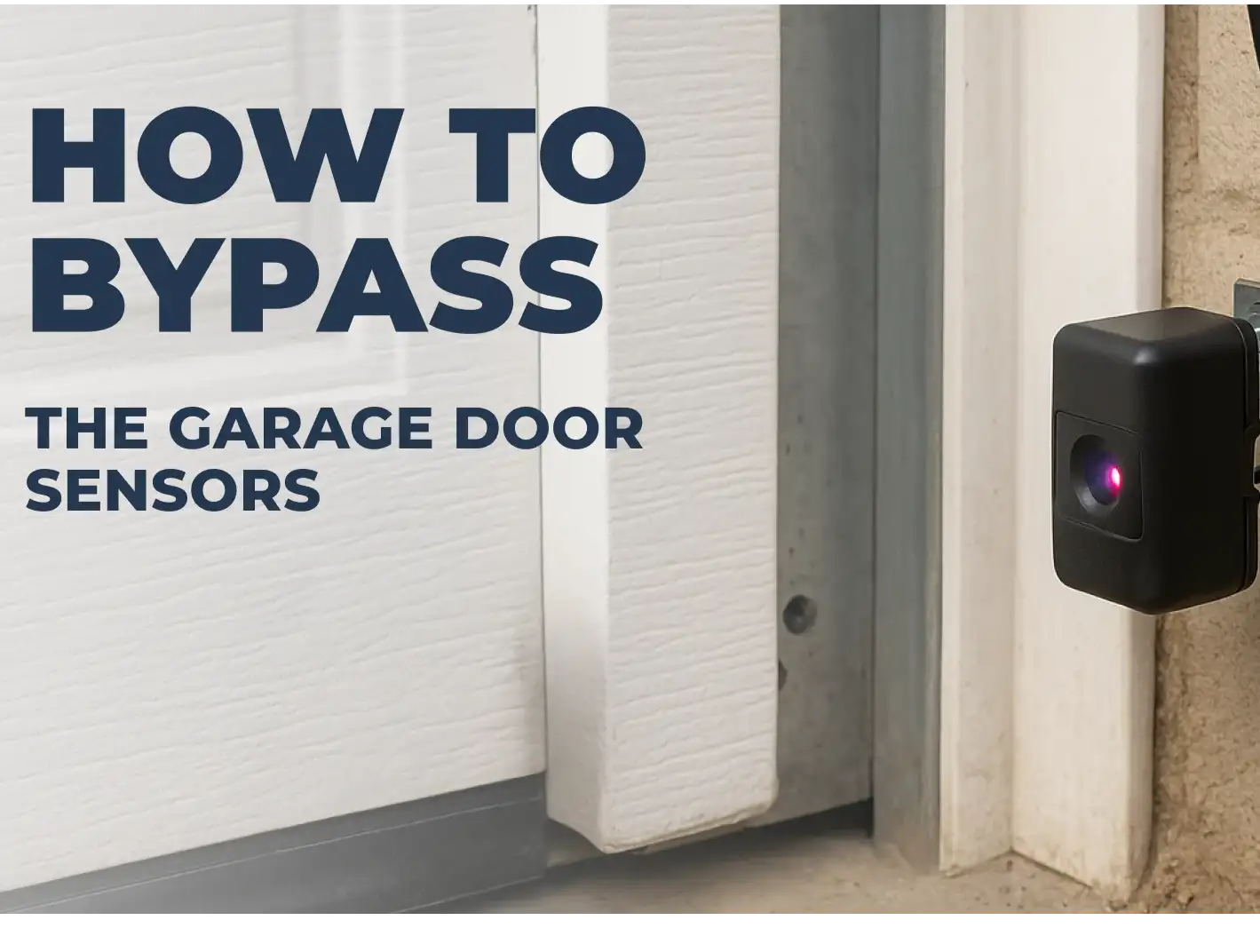Are Garage Door Sensors Universal: What You Should Know
Published: Nov 17, 2025
Your garage door won’t close, and a small, blinking light near the floor is the clue. That usually points to a faulty photo eye — a safety sensor that sends an invisible infrared beam across the opening to keep the door from closing on people, pets, or objects. Naturally, the next question is, “Are garage door sensors universal?” Usually, no. Safety systems use brand-specific wiring and logic set by the original manufacturer, and the wrong part can trigger errors and reduce safety. In this guide by Up & Down Garage Doors, we’ll explain compatibility and how to pick the right sensors for your garage door opener.
Are Garage Door Sensors Universal? Understanding Compatibility
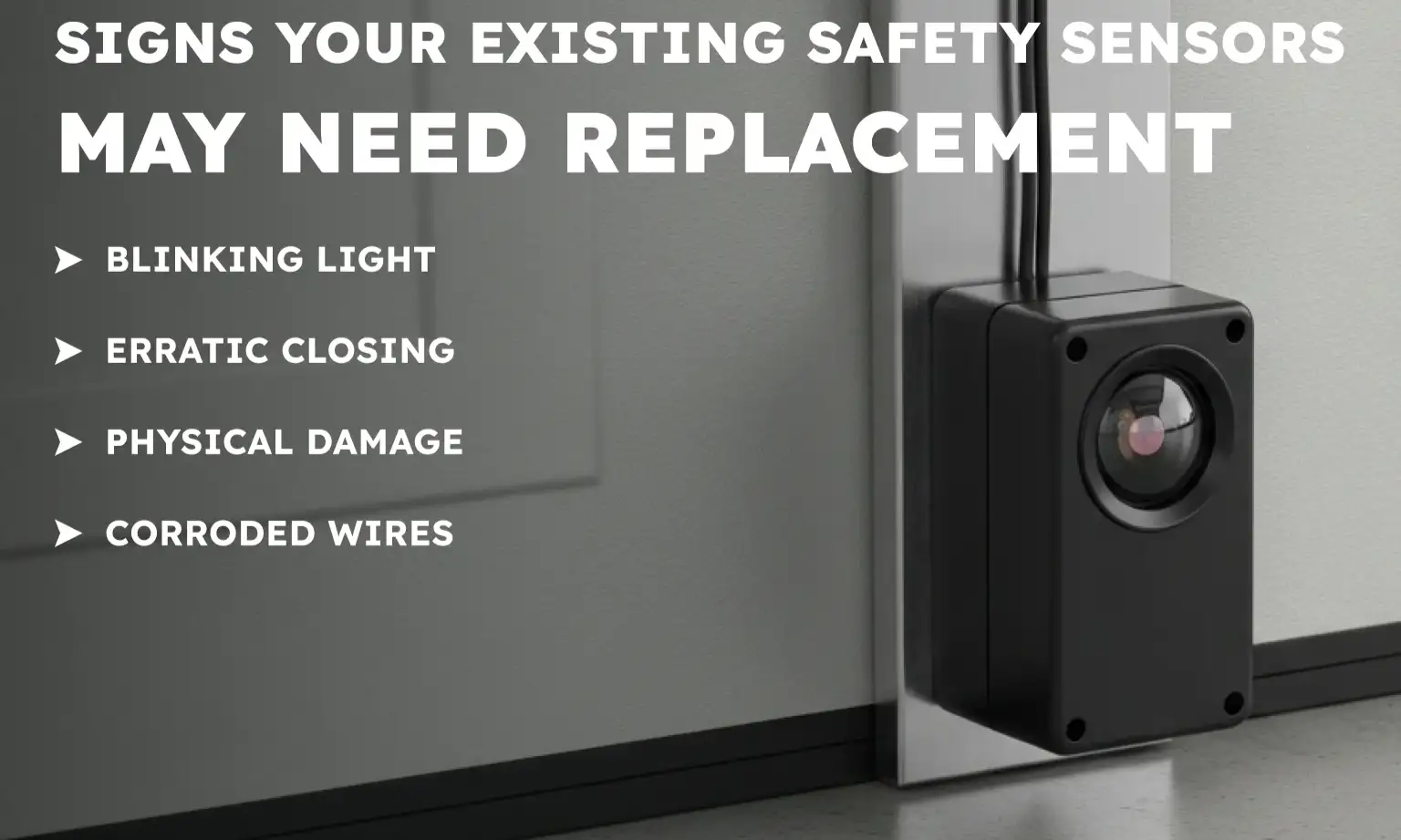
Many people assume all sensors are interchangeable because every safety sensor must meet UL 325 entrapment rules. In practice, brands use different wiring, voltages (12V vs. 24V), and communication logic. That’s why, in most cases, garage door sensors are not universal — mixing brands often causes errors or outright failure. To avoid wasted time and money, make sure you match the replacement sensor to the opener’s brand and model.
Signs Your Existing Safety Sensors May Need Replacement
- Blinking light: A steady blink on the receiver after cleaning can indicate a failing board.
- Erratic closing: The door reverses as soon as it starts to close, even with no obstruction present.
- Physical damage: A cracked lens or a bent bracket that won’t hold alignment.
- Corroded wires: Low-voltage leads show corrosion or fraying at the terminals.
The Chamberlain Group Exception
There is one major exception in the industry: the Chamberlain Group. Because this company owns multiple brands, including Chamberlain garage door sensors, LiftMaster garage door sensors, Raynor, and Craftsman garage door sensors, the sensors are often cross-compatible within the brand family and model era. However, non-affiliated brands, such as Marantec garage door sensors, Linear garage door sensors, and Genie garage door sensors, typically require their own manufacturer-specific replacement parts.

Garage Door Sensor Wire Colors and the Receiver’s Role
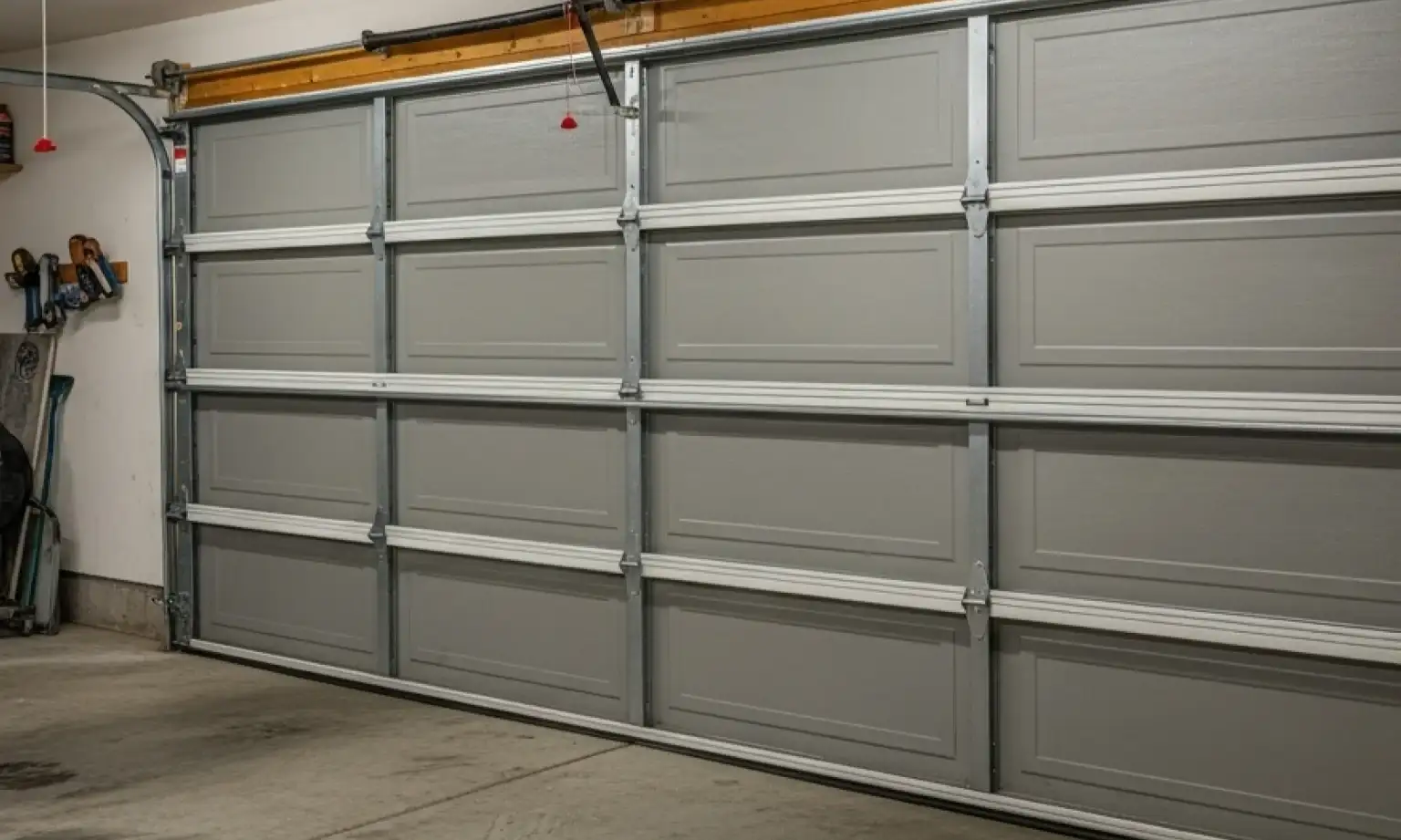
Building on the compatibility discussion, it helps to understand wiring basics. There’s no universal color standard across brands, but most garage door sensors use a simple two-wire setup: one solid white and one white with a black stripe. These typically land on the safety terminals of the opener (often terminals 2 and 3).
The purpose of these safety features is confirmed by the indicator lights. The sensor that sends the invisible infrared beam (the transmitter) usually has an amber or red light. The sensor that receives the beam (the receiver) should display a solid green light, confirming alignment is correct and the path is clear. If you are having trouble with the indicator lights, you may be wondering, “Should both garage door sensors be green?” Up & Down Garage Doors explains how the light colors and patterns depend on the specific brand.
Before you touch any low-voltage wires, unplug or power down the garage door opener. That simple step helps prevent short circuits and keeps you safe while you work.
Some kits are marketed as universal garage door sensors and are sold at big-box retailers such as Home Depot. Use them only after confirming your opener’s brand is listed on the packaging and in the instructions. These kits often require more wiring and adjustment than OEM parts.

Replacing Garage Door Sensors Safely and Legally
Since the question “Are garage door safety sensors universal?” is answered with a firm “no,” the safest path is to use a brand-matched part. Safety sensors are not optional. Since 1993, all automatic garage doors have been required to include a safety-reversal system that senses when the beam is broken and requires the door to reverse immediately. This means your safety system must be functional at all times.
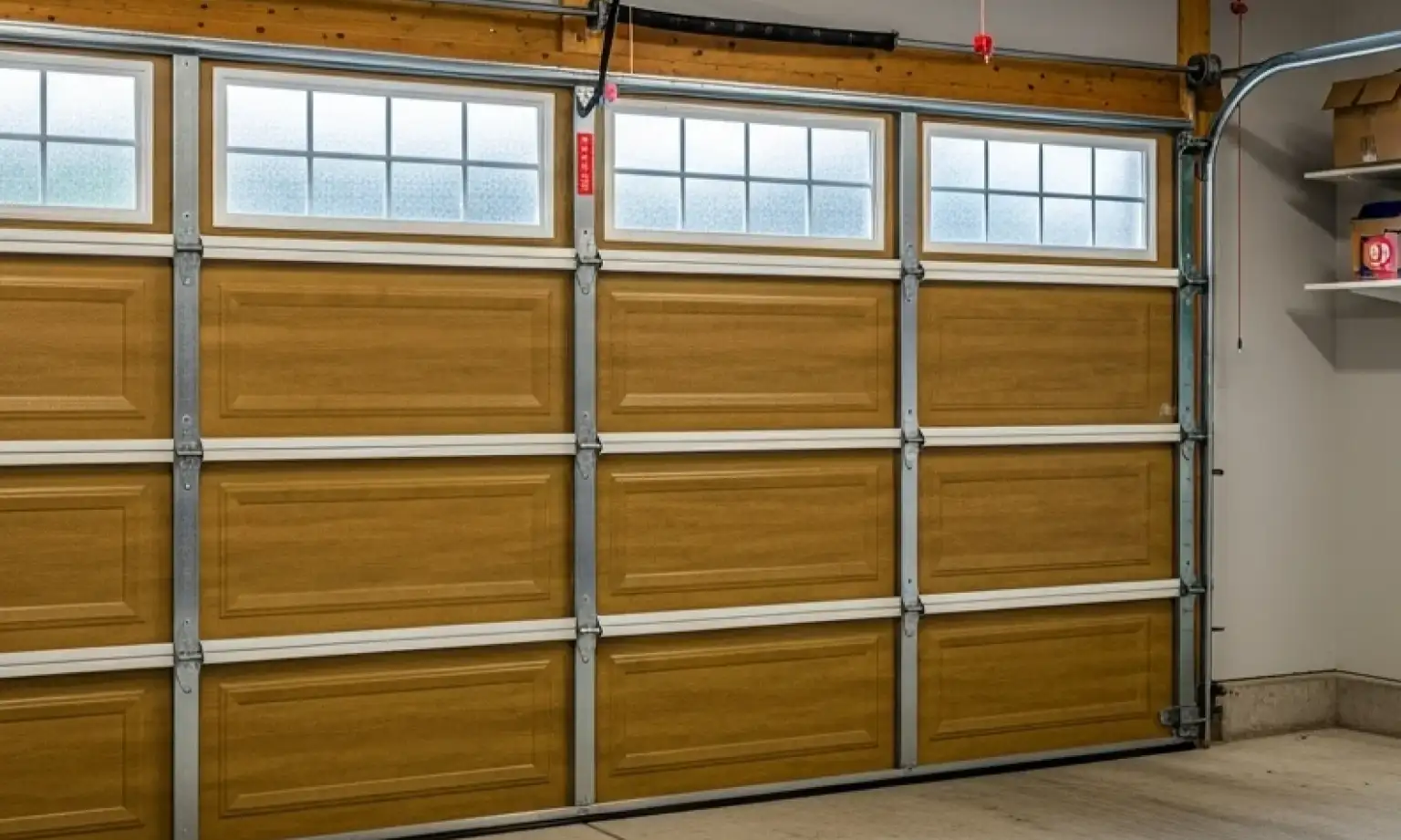
If you are seeing consistent failure — the receiver light is always blinking, or the sensor garage door system only closes when you hold the wall button down — it’s definitely time to replace garage door sensors. Here are recommended actions based on the scenario:
- Older System, Unknown Brand: Replace the sensor pair and the wiring. Set sensor height to 4-6 inches from the floor (per UL 325).
- Known Brand (e.g., LiftMaster): Buy OEM sensors from the manufacturer or an authorized dealer.
- Damaged Bracket: Check alignment first. If the bracket is bent beyond adjustment, replace the sensor unit.
For detailed, step-by-step guidance on setting up the physical devices, check out our guide on how to install garage door safety sensors. However, if wiring or aligning the sensors fails to resolve the issue, professional diagnostics are your safest bet.

Final Steps for a Safe Garage Door Opener
A fully interchangeable system doesn’t exist, which is why the question “Are garage door sensors universal?” keeps coming up. The path to a safe, reliable garage door is simple — match the brand, verify the wiring, and set the alignment correctly. Your family’s safety depends on getting this safety component right. If you’re unsure about model numbers, struggling with inconsistent alignment, or simply want to make sure your safety system is compliant, contact Up & Down Garage Doors. We’ll diagnose, match, and replace the sensors so the door operates as intended. If you’re upgrading the system, see garage door opener installation for choosing and setting up the right opener-and-sensor pair.
Frequently Asked Questions
Are garage door sensors required by law?
Yes. Since 1993, federal law (UL 325) requires all automatic garage door openers sold in the U.S. to include safety features, specifically the infrared photo-eye system, to prevent fatal accidents.
Are garage door sensors interchangeable across brands?
Generally, no. Most manufacturers, including Linear garage door sensors and Marantec, use proprietary signaling. The main exception is the Chamberlain Group (Chamberlain garage door sensors, LiftMaster, Craftsman), which often shares compatible parts across its product lines.
Why won’t my Genie sensors work after I replaced the opener?
Units described online as “Genie garage door sensors old style” aren’t compatible with many newer openers. These older sensors may use different wiring or voltage, so the solution is to use the compatible sensors packaged with your new opener.
Can I buy Home Depot garage door sensors and expect them to work on any brand?
Big box stores sell many brands. Even if a product claims to be a universal garage door sensor, you must verify that your specific opener brand (LiftMaster garage door sensors, Marantec, etc.) is listed on the box to confirm garage door sensor compatibility.
What is the easiest way to replace garage door sensors?
The easiest method is to purchase the exact replacement pair from the original manufacturer. If you need to splice in new wires or align a new set of brackets, professional service is highly recommended to ensure proper function.
Are Genie garage door sensors universal?
No. Genie sensors are designed to work with specific Genie openers, and compatibility varies by model and era.
